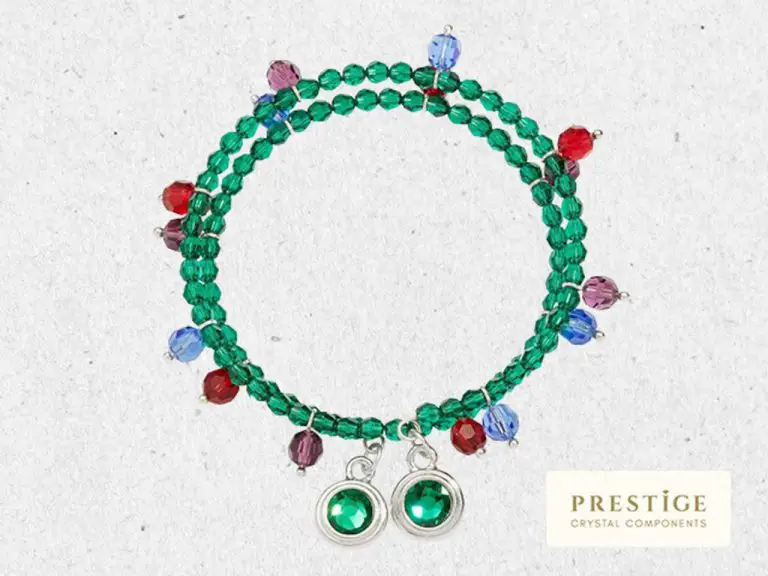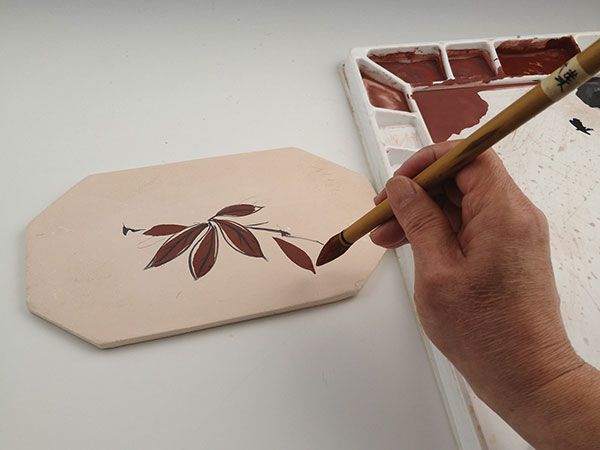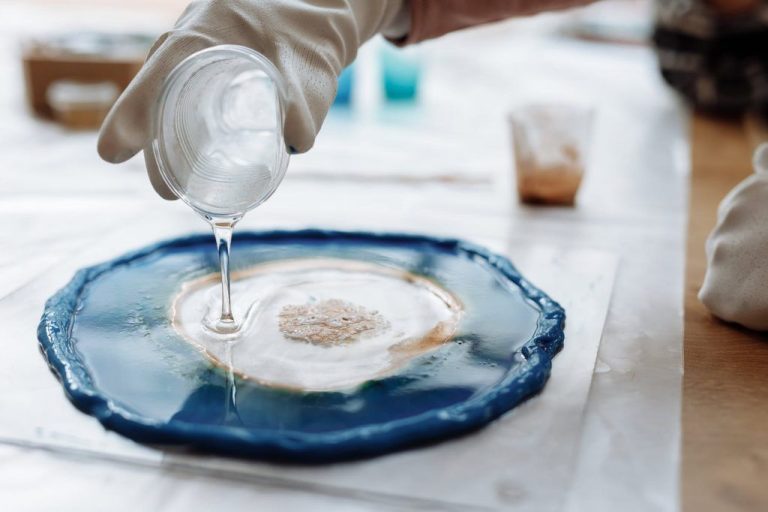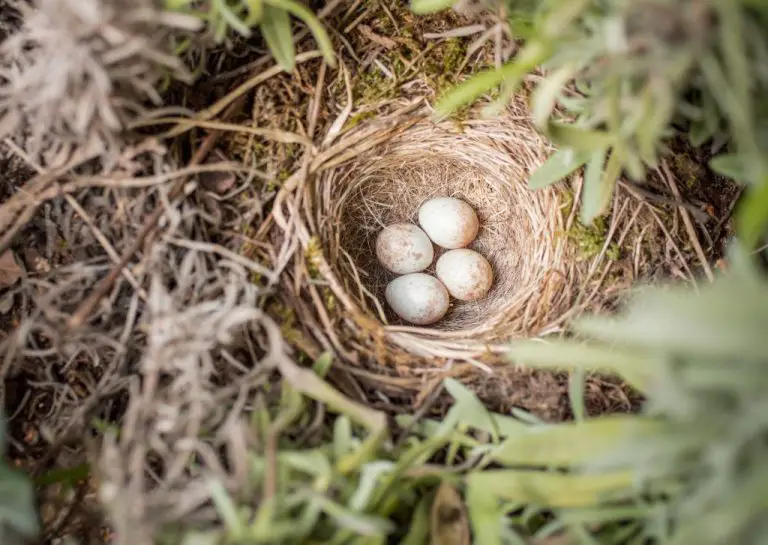Can Clay Pots Withstand Freezing Temperatures?
Clay pots and ceramics are used by many gardeners and artists, but what happens when the temperature drops below freezing? There are some key factors to understand regarding how different types of clay respond to freezing temperatures and the potential risks.
Clays used in pottery vary widely in their properties and composition. The two main categories are earthenware clays, which are low-fired, porous, and less durable, and stoneware clays, which are high-fired, vitreous, and more durable. The specific clay composition affects the freezing resistance.
When water freezes it expands, and this expansion can potentially damage the physical structure of clay. Freezing may cause cracks, warping, crazing, or spalling depending on the clay properties. Proper drying and firing helps strengthen clay against freeze damage.
Clay Composition
The main ingredients in clay are silica, alumina, and water. Silica refers to silicon dioxide, which makes up over 50% of clay’s composition. Alumina is aluminum oxide, which constitutes 20-40% of clay. Water interacts with the silica and alumina particles through hydrogen bonding to give clay its plasticity (Kaewsomboon et al., 2021, p. 147).
There are different types of clay used in pottery, including earthenware, stoneware, and porcelain. Earthenware is lower-fired and more porous than stoneware and porcelain. Stoneware clays have larger particles and flux content, allowing them to be fired at higher temperatures to vitrify and become less porous. Porcelain clays have very small particles and can be fired at up to 1400°C to become non-porous and translucent (Goh et al., 2022, p. 148).
The porosity and permeability of the fired clay depends on the type of clay body and the firing temperature. Higher fired clays will be less porous and permeable. Porosity refers to the volume of pores within the clay, while permeability refers to how connected the pores are to allow water to pass through (Narayanen, 2022, p. 5). More porous, permeable clays are more susceptible to damage from water freezing and expanding within the body.
Freezing Process
The freezing process occurs when water reaches its freezing point, which is 32°F (0°C) at standard atmospheric pressure. As water freezes, it expands in volume. This expansion occurs as the water molecules transition from a freely flowing liquid state to a crystalline solid state in the form of ice (Cold Climates and Clay, 2022).
When water freezes inside the pores of clay, it undergoes this same expansion. As the water crystallizes into ice, it can exert intense pressure upwards of 20,000 pounds per square inch on the surrounding clay material. This force can physically rupture and fracture the clay’s internal structure (Freeze Warnings for slips, clay and glazes, 2022).
The irreversible damage caused by ice expansion happens most readily in moist, unfired clay. However, even small amounts of water trapped in finished ceramicware can split glazes or crack the piece when frozen. Proper drying and firing helps strengthen the clay matrix and prevents freeze damage (Techno File: Freeze Thaw Myth, 2022).
Factors in Freeze Resistance
There are a few key factors that determine how resistant a clay pot is to freezing temperatures:
Clay porosity and permeability play an important role. A clay body that is porous with open pores allows water to escape as it freezes and expands, preventing cracks and damage. Glazed surfaces seal the clay pores, trapping moisture inside. An unglazed or slip-coated surface allows the clay to “breathe” (Brackers).
The firing temperature also affects freeze resistance. Clays fired to higher temperatures tend to be denser and less porous. The dense structure prevents water penetration but can also trap water inside if not fully dried prior to freezing. Lower fired earthenware clays remain porous enough for water to vent. Stoneware and porcelain clays fired at mid-range temperatures offer a balance of density and permeability (Ceramic Arts Network).
Unglazed terracotta clay has natural porosity that allows it to resist damage from freezing and thawing cycles. The porous body weepsmremaining water as temperatures drop below freezing.
Testing Clay Freeze Resistance

Laboratory testing is commonly used to evaluate the freeze-thaw resistance of clay materials. Standard test methods expose samples to repeated cycles of freezing and thawing under controlled conditions.
After a certain number of freeze-thaw cycles, samples are visually inspected for signs of deterioration or damage. Changes such as cracks, spalling, crazing, and loss of material can indicate issues with freeze-thaw durability (Lucideon).
Testing may also measure changes in strength before and after freeze-thaw exposure. Compressive or flexural strength can be evaluated using standardized tests for clay masonry units. A significant loss in strength often corresponds to a loss in freeze-thaw durability (Mensinga).
By simulating field conditions in a controlled laboratory environment, these testing methods help characterize the ability of clay materials to withstand freezing temperatures and moisture exposure.
Protecting Clay Pots from Freezing Damage
There are several methods to protect clay pots from damage during freezing winter weather:
First, store pots above freezing in a shed, garage, basement or covered porch if possible. According to Eye of the Day Garden Design, keeping pots above freezing is the most effective way to prevent damage. If storing pots inside is not an option, they recommend covering the drain holes to prevent moisture from accumulating and freezing inside the pot.
Second, cover or insulate the pots. Wrap pots in burlap, blankets, foam or other insulating materials to protect them from freezing temperatures. The insulation provides a buffer that slows down the freezing process and prevents drastic temperature changes that cause cracking. Make sure to remove any wrappings that hold moisture once warmer weather returns.
Finally, choose pots that have been glazed on the exterior. The glaze makes the clay less porous and provides a protective coating. According to HGTV, unglazed terra cotta is more susceptible to damage from freezing and thawing cycles. A glazed surface prevents absorbing moisture and insulates the pot from temperature fluctuations.
Repairing Freeze Damage
If your clay pots do suffer freeze damage, there are ways to repair them. Some common methods include:
Filling cracks with clay slip – Mix up a batch of clay slip (liquid clay) that matches the color of your pot. Use the slip to fill in any cracks or holes caused by freezing. Allow the slip to dry fully before sealing.
Using sealants or lacquers – Apply a thin coat of ceramic sealant, lacquer, or outdoor varnish over the surface of the pot using a paintbrush. This helps protect and strengthen the pot. Reapply every year.
Restoring protective coatings – For glazed or painted pots, touch up any damaged areas with new glaze or paint to restore the protective coating. This prevents future water damage.
With some repairs, clay pots damaged by freezing can often be restored to a useable condition. But severe damage may require replacing the pot altogether.
Clay vs. Other Materials
Terracotta clay pots are a popular choice for plant containers due to their aesthetic appeal and porous nature, which allows air circulation to the roots. But how does natural clay compare to other materials when it comes to resisting freezing temperatures?
Plastic planters are inexpensive and lightweight but provide less insulation than terra cotta. Plastic becomes brittle when exposed to extreme cold and can crack or warp. Concrete planters are durable but also prone to cracking once the temperature drops below freezing. The freeze-thaw cycles that occur in winter will degrade concrete overtime.
The natural properties of clay make it one of the most freeze-resistant materials for outdoor planters. The porosity allows moisture to evaporate rather than pooling at the bottom where it would expand as it freezes. Quality clay formulated for outdoor use can withstand multiple freeze-thaw cycles. For example, Italian Galestro clay pots are fired at high temperatures resulting in a dense, durable product that resists frost damage.
In comparison testing, terracotta pots withstand freezing temperatures better than plastic and concrete. The clay material provides insulation to plant roots while allowing moisture and gases to pass through. The natural breathability and drainage help prevent damage from moisture expansion during freezing.
Examples of Freeze-Resistant Clay
Certain types of stoneware and porcelain are known to be resistant to freezing temperatures. According to Eye of the Day Garden Decor, Tuscan terracotta made from Galestro clay has a high mineral content that makes it frost resistant. Testing shows that clay with less than 5% porosity is resistant to freeze/thaw damage, regardless of its closed and open porosity.
Commercial products made from durable stoneware clays are often marketed as “frost proof” or “freeze resistant.” For example, Campania International states that their Frost Proof line of planters are safe to -20°F and are made from a blend of high and low fire clays. Emsco Group’s FreezePruf line claims their clay pots can withstand freezing temperatures and rapid thawing. Rigorous testing is done by most manufacturers to ensure freezing resistance in their products.
Conclusion
The main factors determining a clay pot’s ability to withstand freezing temperatures are the clay composition, firing method, glazing, and moisture exposure. More porous earthenware clays are the most susceptible to freeze damage due to water expanding inside the material structure. Stoneware and porcelain clays with lower porosity have greater freeze resistance.
Firing to higher temperatures creates denser clay material less vulnerable to cracking. Glazing provides an impermeable seal protecting the clay body from absorbing moisture. Controlling exposure to rain, snow, and excessive watering helps prevent freeze damage.
For optimal winter storage, seal or cover porous pots and raise off cold, wet surfaces. Move vulnerable items inside or under shelters if possible. Check for hairline cracks and repair quickly with flexible sealants. Selecting more durable, frost-resistant materials can minimize maintenance and replacement costs over time.





